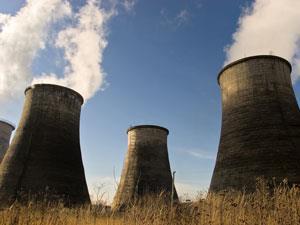
TPGs require a heat source, a thermoelectric material that converts heat to electricity, and a power generator. Such devices could be used to recycle heat from power plants or motor vehicles, and could even find use in solar energy conversion. Current research is focused on improving the conversion efficiency of thermoelectric materials but, to date, all proposed designs are either difficult to scale up or uneconomical to produce commercially. Yan Yan and Jonathan Malen at Carnegie Mellon University in Pittsburgh, Pennsylvania, are aiming to solve these problems and have instead focused on changing the type of heat source used.
Current TPGs are designed to be used with constant sources that operate at a consistent temperature, but when Malen’s team tried a periodic heat source they found their TPG device worked more efficiently. Malen says ‘our work amounts to a temporal concentration of heat that increases the instantaneous temperature difference across the thermoelectric generator, thereby improving their performance’. He hopes that the work will inspire research into existing periodic heat sources, as well as the conversion of constant sources into periodic sources in order to improve efficiency.
Jian He an expert in thermoelectric materials at Clemson University, South Carolina, US, describes Malen’s work as ‘achieving a significant system-level efficiency enhancement that is practically inaccessible by current materials development’, adding that the prospect of ‘alternating thermoelectricity’ will profoundly impact the application of thermal power generation.
References
Y Yan and J A Malen,Energy Environ. Sci., 2013, DOI:10.1039/c3ee24158k






No comments yet